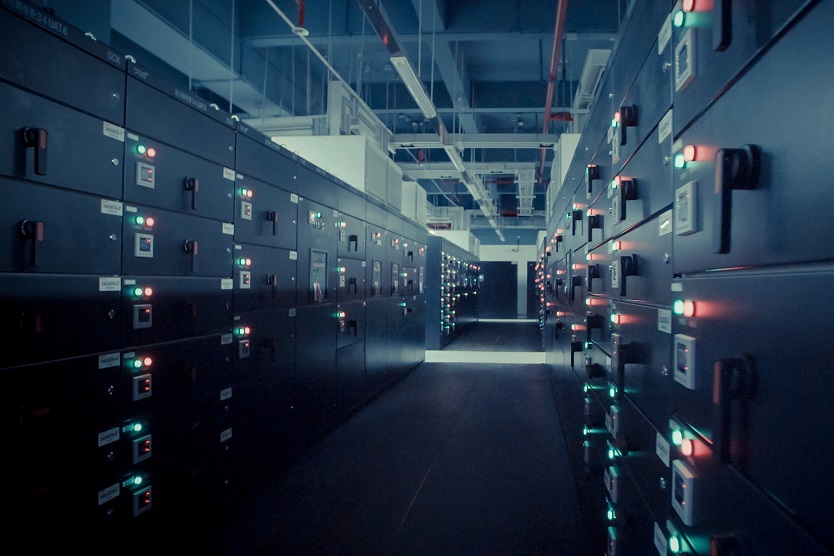
Quantum computing can simulate electrochemical processes in batteries and fuel cells to design better electrodes in the future.
© Pixabay
In battery and hydrogen fuel cell design, so much depends upon the material and structure of the electrodes which affect voltage and energy density. The German Aerospace Centre (DLR) has embarked on an ambitious project which uses quantum computing to simulate electrochemical processes in batteries and fuel cells in order to design better electrodes. The investigations, which will be carried out on the Fraunhofer Society's IBM quantum computer, could save thousands of hours of empirical research.
The “QuESt” project combines interdisciplinary expertise in quantum technologies, thermodynamics and software at three DLR institutes, with battery and fuel cell research and quantum teams at the Helmholtz Institute Ulm (HIU) and the University of Ulm. The Fraunhofer Institute for Mechanics of Materials (IWM) and the Centre for Solar Energy and Hydrogen Research are also involved.
Fundamentally, when electricity flows through a battery or fuel cell, the ions hop from one electrode to another, gaining or losing an electron in the process. The electrons essentially change their quantum mechanical state. These subtle energy shifts can be simulated and studied using a quantum computer.
"Quantum simulations have the potential to revolutionise computer-aided materials design. We want to use them to optimise the chemical compositions of the electrodes and their microscopic structure," explains Birger Horstmann, at the DLR’s Institute of Engineering Thermodynamics, in a press release. The scientists then compare the quantum-chemical interactions that occur with various novel materials and electrode structures, looking for the highest possible chemical bonding properties.
The Baden-Württemberg Ministry of Economic Affairs, Labour and Housing is funding the QuESt project, which was launched in January, with EUR 1.5 million.


